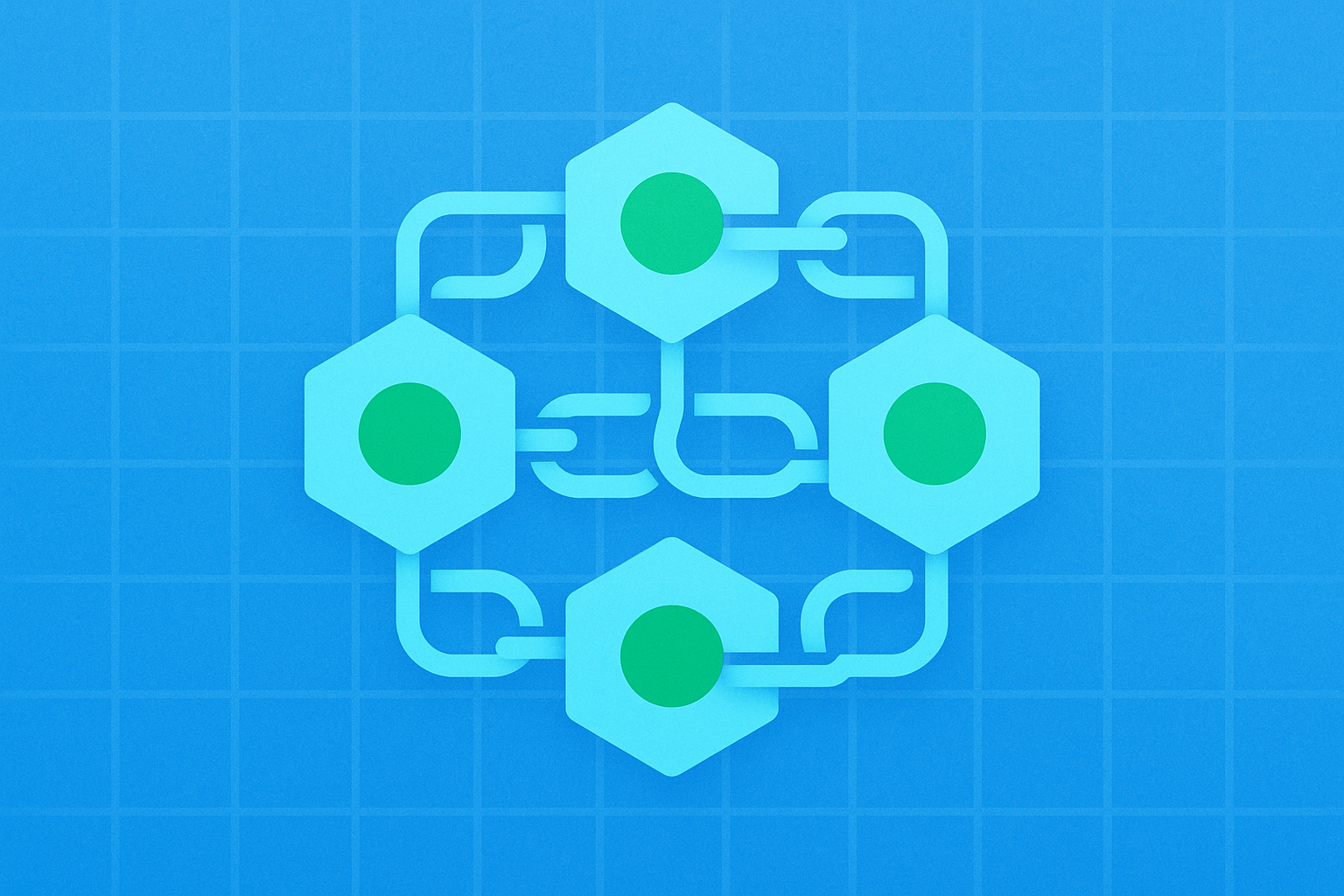immutably

Immutability is one of the most fundamental and important characteristics of blockchain technology. It refers to the fact that once information is recorded on the blockchain, it cannot be altered or deleted, ensuring data integrity and trustworthiness. This feature is achieved through a combination of cryptographic hash functions, consensus mechanisms, and distributed ledger technology, making blockchain a tamper-proof data storage system particularly suitable for scenarios requiring high levels of trust and transparency.
Background: The Origin of Immutability
The concept of immutability originated from Satoshi Nakamoto's Bitcoin whitepaper published in 2008, although the term "immutable" wasn't explicitly used. The paper described an electronic currency system that could prevent double-spending without relying on trusted third parties. This feature's core lies in the combination of a chained block structure and proof-of-work mechanism, ensuring that transaction records, once confirmed and added to the blockchain, are virtually impossible to modify.
As blockchain technology evolved, immutability gradually became recognized as a key advantage of distributed ledger technology, extending its application beyond financial transactions to areas such as supply chain tracking, electronic voting, identity verification, and intellectual property protection. Immutability provides these applications with unprecedented guarantees of data integrity.
Work Mechanism: How Immutability Works
Immutability is achieved through multiple layers of technical safeguards:
-
Cryptographic hash chains: Each block contains the hash value of the previous block, forming a continuous chain. Any change to a block's content would alter its hash value, affecting all subsequent blocks and making tampering evidently visible.
-
Consensus mechanisms: Nodes in a blockchain network must agree on the validity of transactions and the order of blocks. Consensus algorithms such as proof-of-work and proof-of-stake ensure that altering historical records would require control of a majority of nodes in the network, which is nearly impossible in large networks.
-
Distributed storage: Complete copies of the blockchain ledger are distributed across multiple nodes in the network, each capable of verifying the validity of transactions and blocks. This redundant storage makes single-point attacks extremely difficult.
-
Timestamps and block confirmations: As new blocks are added, earlier blocks become increasingly buried, making them progressively more difficult to modify. To alter these blocks would require recalculating all subsequent blocks, with computational costs growing exponentially.
Risks and Challenges of Immutability
Despite immutability being a core advantage of blockchain, it also presents certain challenges:
-
Permanence of errors: Once erroneous data is written to the blockchain, it is virtually impossible to correct. This poses a challenge for applications that need to rectify errors or comply with regulations such as the "right to be forgotten."
-
51% attack risk: Theoretically, if an attacker controls more than half of the network's computing power, they could rewrite blockchain history, though such attacks are prohibitively expensive in large networks.
-
Regulatory compliance: Immutability potentially conflicts with certain data protection regulations, such as the European Union's General Data Protection Regulation (GDPR) requirements regarding data deletion.
-
Storage efficiency: The practice of each node storing the complete blockchain faces an ever-growing storage burden as time progresses.
-
Hard fork responses: In extreme cases, the blockchain community might implement a hard fork to "modify" history, as seen after Ethereum's DAO attack, but this effectively creates a new chain rather than modifying the original one.
While immutability faces challenges, the blockchain community is developing various solutions, such as off-chain storage, verifiable data structures, and privacy-preserving technologies, to address these issues while maintaining the core immutable characteristic.
Immutability is one of the most revolutionary features of blockchain technology, bringing unprecedented trust mechanisms to the digital world. It allows people to establish consensus on data integrity and historical accuracy without a centralized authority. By ensuring that data, once recorded, cannot be unilaterally altered, blockchain creates an auditable, transparent, and tamper-proof record system, providing a solid foundation of trust for financial transactions, supply chain management, voting systems, digital identity, and more. Despite technical and regulatory challenges, immutability remains at the core of blockchain's value proposition and will continue to drive adoption and innovation in applications requiring high levels of data integrity and trust.
Share
Related Articles

The Future of Cross-Chain Bridges: Full-Chain Interoperability Becomes Inevitable, Liquidity Bridges Will Decline

Solana Need L2s And Appchains?
